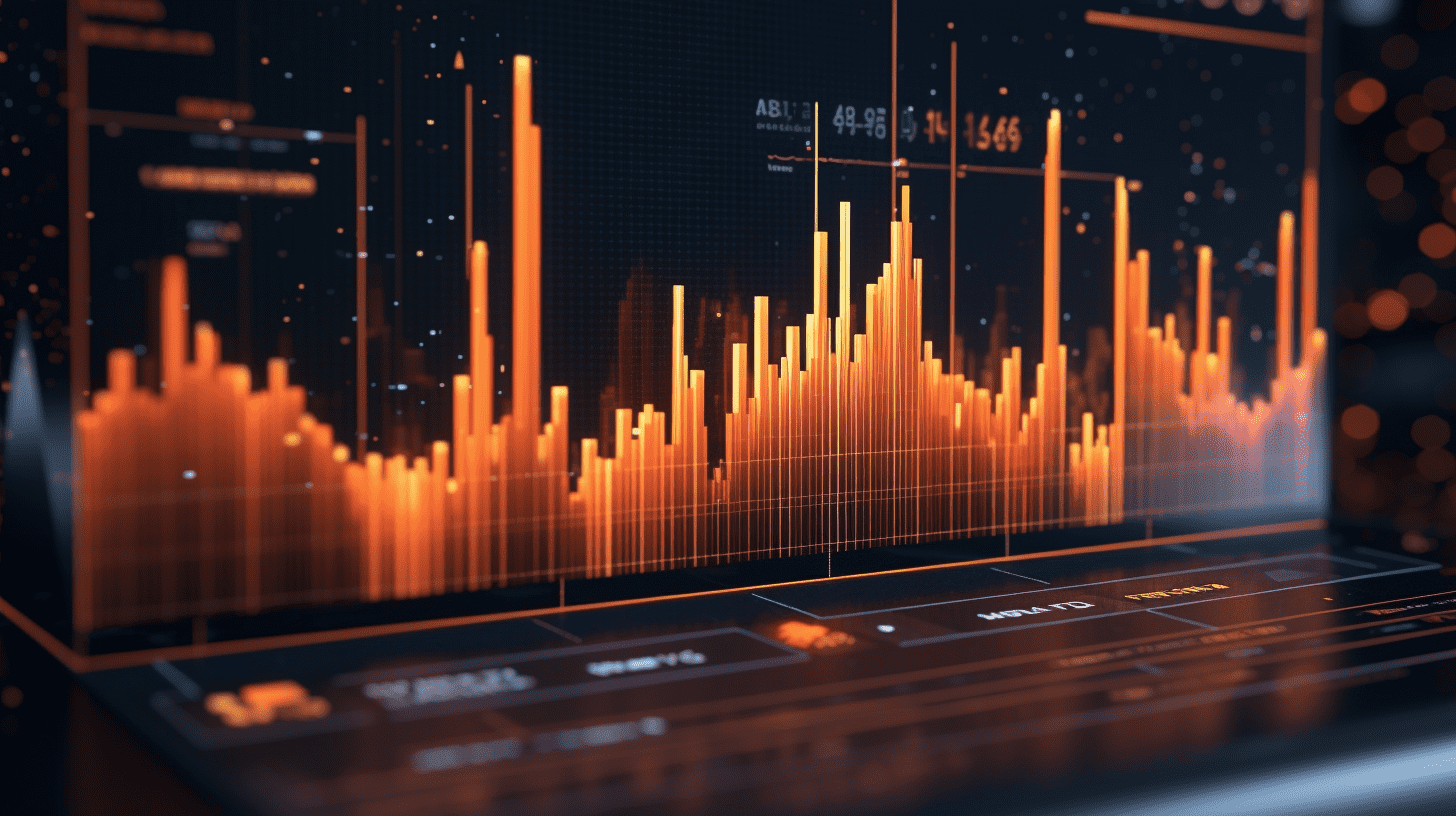Domestic AI "Three Heroes" challenge OpenAI: DeepSeek, Dark Side of the Moon, and MiniMax successively launch new products. How is the battle going?
Domestic and foreign large-scale model manufacturers are in hot pursuit of each other, rapidly iterating in a short period of time, which means that the demand for computing power by large model manufacturers is still increasing.
Behind the GPT series of OpenAI, domestic large models are closely following.
On January 20th, DeepSeek officially released DeepSeek-R1 and simultaneously open sourced model weights. According to the introduction, DeepSeek-R1 extensively used reinforcement learning techniques during the post-training phase, greatly enhancing the model's reasoning abilities with minimal annotated data. In tasks such as mathematics, coding, and natural language reasoning, its performance rivals that of the official version of OpenAI o1.
According to the test data released, DeepSeek-R1 scored higher than OpenAI o1 in the American AIME 2024, MATH-500, and SWE-bench Verified tests (note: the first two tests focus on mathematical ability, while SWE-bench Verified evaluates the model's ability to solve real-world software problems).
On the same day, Kimi launched a new SOTA model called k1.5 multimodal thinking model. In long-CoT mode, Kimi k1.5's mathematical, coding, and multimodal reasoning abilities reached the level of the state-of-the-art SOTA model OpenAI o1. The company stated that this was the first time a company outside of OpenAI had achieved the multimodal reasoning performance of the o1 official version globally. Kimi's technical team prepared a detailed technical report for the first time.
In short-CoT mode, Kimi k1.5's mathematical, coding, visual multimodal, and general abilities surpassed the levels of the global state-of-the-art models GPT-4o and Claude 3.5 Sonnet, leading by 550%.
Other domestic large models have also performed well. On January 15th, MiniMax released the full Boai NKY Medical model series Minimax-01, which performed comparably to top models like GPT-4o and Claude3.5-Sonnet in various standard and internal benchmark tests, especially excelling in handling long contexts.
OpenAI released GPT-4o, GPT-o1 (including o1-preview and o1-mini, with the o1 official version delayed until December 2024), and GPT-o3 in May, September, and December 2024 respectively. The most powerful model currently is o3, possessing excellent reasoning abilities, superior scientific knowledge mastery, and stronger encoding capabilities.
o1 closely follows, excelling in coding, mathematics, and writing, with its multimodal functionality supporting image uploads and allowing it to apply reasoning to visuals for more detailed and useful responses.
With DeepSeek leading the way, domestic large model teams aim to match the performance of the most advanced large models, showcasing the ultimate cost-effectiveness in their pricing.
The DeepSeek-R1 API service is priced at 1 yuan per million input tokens (cache hit) / 4 yuan per million input tokens (cache miss); 16 yuan per million output tokens.
In comparison, the GPT-o1 model is priced at $15 per million input tokens / $60 per million output tokens. The cheapest model from OpenAI currently is the GPT-4o mini, priced at $10 per million input tokens / $20 per million output tokens.
Domestic large models call for domestic computing power
Domestic and international large model manufacturers are in a competitive race, rapidly iterating in a short period of time, indicating a continued increase in the demand for computing power by large model manufacturers.
Wu Di, head of intelligent algorithms at Volcano Engine, previously stated that ByteDance, considering factors such as computing resources, future market consumption, and model cost reduction, predicts that by 2027, Token consumption by Dou Bean will exceed 100 trillion per day, more than 100 times the current rate.
On January 20th, it was reported that ByteDance (TikTok Group) subsidiary Wuhu Jiangdong Mingyi Technology Co., Ltd. proposed to build the Volcano Engine Yangtze River Delta Computing Center project in Wuhu, Anhui, with environmental impact assessment documents recently accepted and pre-approval being implemented. The total investment for the project is 8 billion RMB, designing 21,824 server cabinets, 236 networking cabinets, and a 220kV substation.
There were previous reports that Xiaomi is building its GPU multi-card cluster and making substantial investments in AI large models.
Dongguan Securities previously stated that in the future, with domestic manufacturers such as ByteDance, iQiyi, and Xiaomi actively expanding into the field of AI, domestic large models are expected to rise rapidly, driving the growth of domestic computing power demand and promoting the construction of domestic computing power infrastructure, providing opportunities for development in the domestic computing power industry chain.
Shanghai Securities also released a research report stating that the rise of domestic large models represented by ByteDance and the entry of players like Xiaomi are expected to boost spending by domestic internet giants on computing power. The domestic computing power arms race has just begun, and domestic computing power manufacturers are poised for development opportunities.
Orient noted that the sustainability of computing infrastructure construction is crucial. In this context, manufacturers of servers and liquid cooling systems, as well as PCB manufacturers, are expected to benefit. In addition, the continuous increase in data storage and processing demands creates more market opportunities for storage, optical module, and optical chip companies, driving the optimization and upgrading of the entire industry chain to meet the growing demand for AI computing power.
This article was reprinted from "Cailianshe," GMTEight Editor: Liu Xuan.
Related Articles

TIANBAO ENERGY (01671) will distribute a final dividend of 0.014 yuan per share on July 4th.

SIM TECH's revenue in April was HK$25.8 million, a decrease of 38.6% from the previous month.

ACOTEC-B(06669): The registration application for the smart suction sensing connecting tube has been approved by the Beijing Municipal Drug Administration.
TIANBAO ENERGY (01671) will distribute a final dividend of 0.014 yuan per share on July 4th.

SIM TECH's revenue in April was HK$25.8 million, a decrease of 38.6% from the previous month.

ACOTEC-B(06669): The registration application for the smart suction sensing connecting tube has been approved by the Beijing Municipal Drug Administration.

RECOMMEND

General Administration of Customs: China's goods trade imports and exports increased by 2.4% year-on-year in the first 4 months.
09/05/2025

Key details are yet to be finalized. The market's response to the US-UK trade agreement has been lukewarm.
09/05/2025

Risk assets rebounded to boost the market, Bitcoin surged back above $100,000.
09/05/2025


